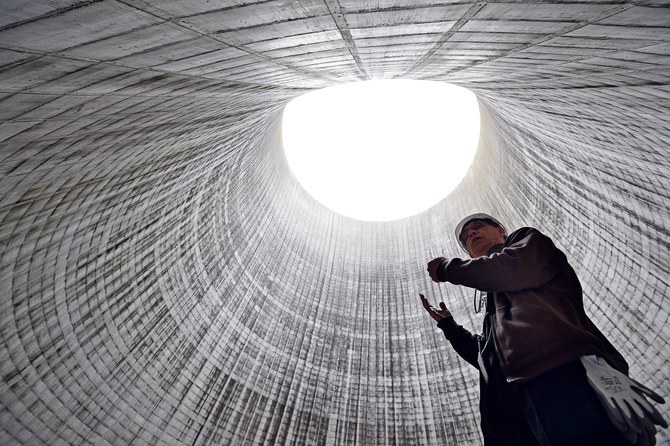The University of Pittsburgh Swanson School of Engineering has won a grant of $1.275 million from the U.S. Department of Energy (DoE). The fund will support research into the development of additive manufacturing techniques to make electrical sensors – used to monitor conditions inside nuclear turbines.
It is part of the DoE’s $66 million Nuclear Energy Enabling Technologies (NEET) program to promote the energy as a cleaner alternative to fossil fuels, and make power plants safer places to work.

Safeguarding nuclear power
Dr. Kevin Chen, the Paul E. Lego Professor of Electrical and Computer Engineering at UPitt, will lead the project. Developments build on Dr. Chen’s existing research into nuclear monitoring technologies, supported by the DoE with a $987,000 grant in 2014.
At the time of this initial grant, Dr. Chen explained the necessity of nuclear sensor systems,
An important lesson of the Fukushima Daiichi nuclear disaster in 2011 is the lack of situation awareness of nuclear power systems especially under stressed or severe situations. When the plant was evacuated following the earthquake and tsunami, we lost the ability to know what was happening in key systems. This information blackout prevented the implementation of proper control mechanisms, which then triggered a disastrous chain of events.

3D printing for radiation-hard components
Massachusetts Institute of Technology’s Reactor Laboratory, the National Energy Technology Laboratory and Westinghouse Electric Corporation are working on the DoE NEET project alongside UPitt. Dr. Chen comments,
This NEET grant will allow our lab to continue its partnerships with leading technological companies and national laboratories to develop solutions to some of the most pressing issues affecting nuclear energy production. Advances in sensor technology can greatly enhance the sensitivity and resolution of data in harsh environments like a nuclear reaction, thereby improving safety operations.
Sensors developed by the collaborative will be installed inside the nuclear reactor core, where conditions are most extreme. The devices must be multi-functional, i.e. able to read radioactivity levels, temperature and other atmospheric changes, and radiation-hard.
The project has already had some success in the development of fiber optical sensor networks, and recently celebrated the first successful test of an in-core fiber optic sensor inside on of MIT’s reactors.
Dr. Chen adds,
The networks we developed contain up to 100 sensors per meter and can be placed in critical locations to quickly relay information to the plant operators and isolate problems before they spread to other areas.

Material economy and design flexibility
3D printing has proved particularly useful for the fabrication of electronic sensors as it provides material economy and design flexibility. Optomec Aersoel Jet technology has been used to deposit sensors onto the surface of gas turbine blades by GE, and NASA has funded development of this technology for application to critical components on the International Space Station.

Other 3D printed sensors designed at the King Abdullah University of Science and Technology (KAUST) in Saudi Arabia have proved to be capable of detecting atmospheric changes indicative of natural disasters.
Stay up-to-date with the latest 3D printing news by subscribing to our newsletter and following us on twitter and Facebook.
Featured image: A GE Arabelle nuclear steam turbine. Photo via GE Power



